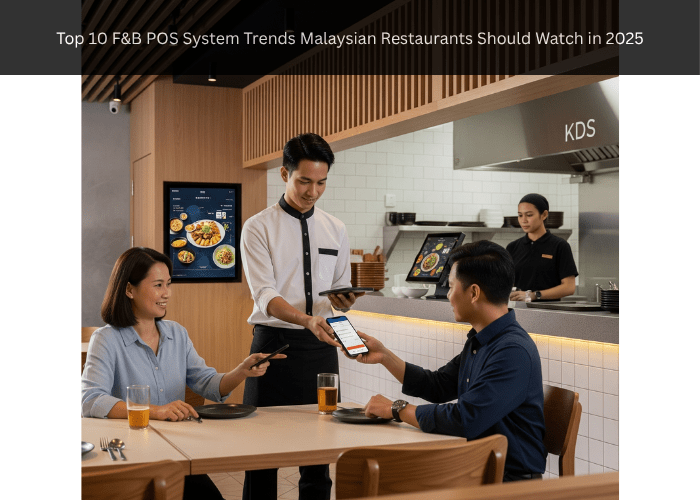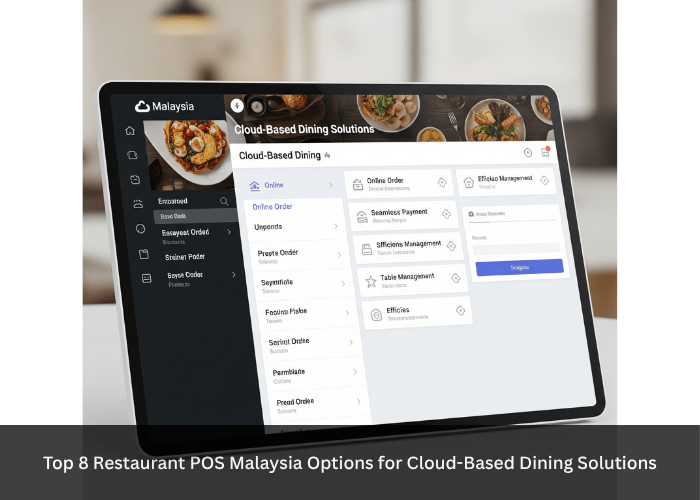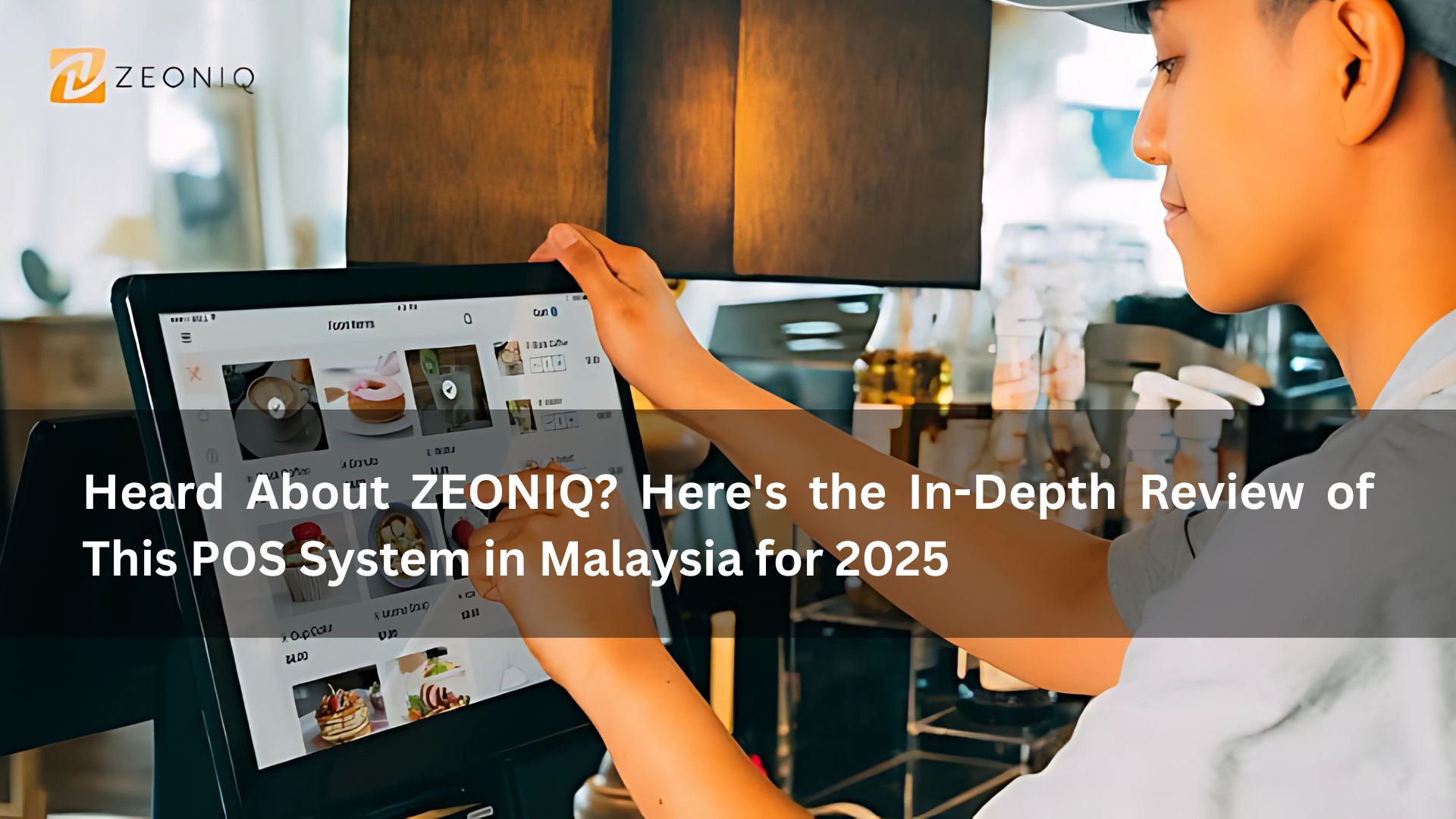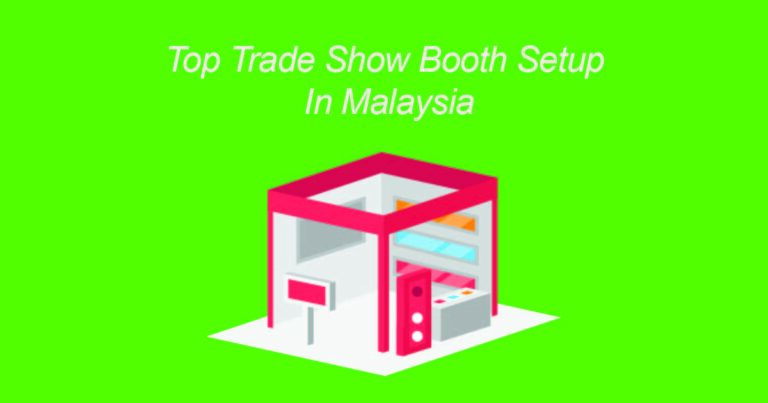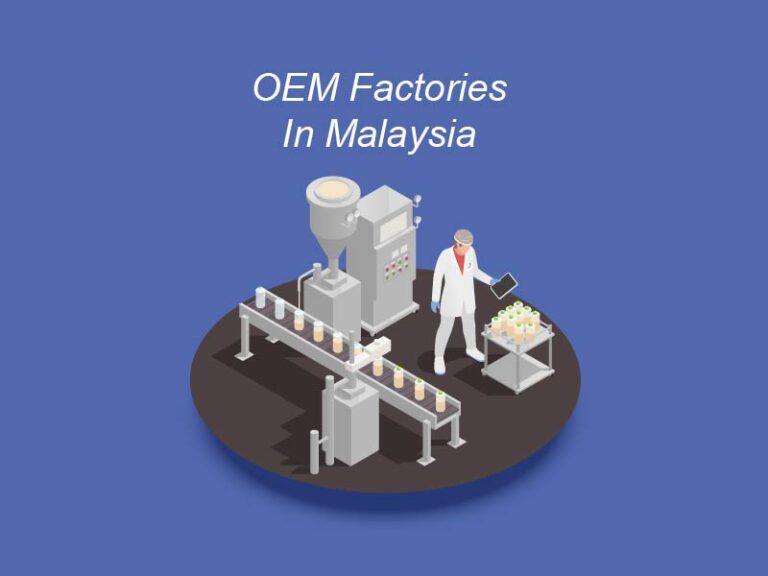Artificial Intelligence and Predictive Analytics in F&B POS System
AI-powered forecasting is reshaping how restaurants use an F&B POS System. Smart algorithms analyze sales patterns—by dish, time, or season—to predict demand and optimize inventory. Malaysian restaurants benefit from waste reduction, smarter staffing, and menu adjustments. The trend ties into better procurement decisions and offers automated reordering suggestions. With more Malaysian F&B POS Systems adopting predictive analytics, managers gain real-time insights and can make informed decisions before problems arise.
Contactless Ordering and QR Integration via F&B POS System
Given changing dining preferences, Malaysian restaurants are investing in contactless experiences. The modern F&B POS System supports QR code ordering at tables or kiosks, letting guests browse menus, place orders, and pay all from their smartphones. Orders flow directly to the kitchen system via the POS, syncing with inventory and POS dashboards. This trend reduces lines, enhances safety, and improves dining efficiency—especially critical for high-traffic outlets.
Multi-Channel Delivery Integration Built into F&B POS System
Delivery platforms continue to dominate in Malaysia. A forward-thinking F&B POS System connects seamlessly to platforms like GrabFood, Foodpanda, and ShopeeFood. Orders are automatically imported, kitchen tickets are generated via KDS, and inventory is updated in real-time. Sales data from delivery channels sync into the central POS for unified reporting. This trend helps restaurants avoid double data entry, reduce fulfilment errors, and manage delivery more effectively.
Inventory and Waste Management Tools in F&B POS System
Controlling food cost relies on precise inventory tracking. The latest F&B POS System tools allow ingredient-level stock monitoring, expiration tracking, vendor management, and waste logging. If a menu item sells, its ingredients are deducted. Reports show ingredients nearing expiry or overuse. Some POS systems also incorporate recipe costing and spoilage monitoring. In Malaysia, where margins can be tight, this helps operators cut losses and make targeted menu changes.
Cloud-Based Scalability and Mobile Management via F&B POS System
Cloud-native POS platforms have become essential for restaurant scalability. The modern F&B POS System enables centralized management across multiple outlets, remote dashboard access, and automatic software updates. Managers can view sales, control menus, and adjust pricing across all locations via mobile. Offline mode support ensures operations continue even during internet downtime. This trend supports Malaysian chains and multi-location operators looking to manage from anywhere.
Integrated Loyalty Programs and CRM Features in F&B POS System
Building repeat clientele requires more than POS transactions. The latest F&B POS System includes built-in loyalty and customer relationship tools—such as points-based rewards, Tier systems, birthday offers, and personalized promotions. Customer behavior and preferences are logged in the POS system. In Malaysia’s competitive F&B market, these CRM features help restaurants increase retention and personalize offers based on actual purchase history.
AI Chatbots and Virtual Ordering through F&B POS System
Voice or chat-based orders are on the rise. Some advanced F&B POS Systems now integrate with AI chatbots for Facebook Messenger, WhatsApp, or home assistants. Guests can place orders via chat or call, and the system reads them into the POS. This improves accessibility and reduces staff workload for common orders or enquiries. In 2025, restaurants using conversational AI will gain an edge in customer convenience.
Sustainability and Eco‑Tracking Enabled by F&B POS System
Eco-conscious dining is gaining traction across Malaysian cities. Recent F&B POS System advancements include carbon-footprint tracking per dish, food-waste logging, and sustainability dashboards. Restaurants can monitor which suppliers use sustainable practices or reduce plastic packaging. Some systems even offer guest-facing metrics—like “this meal saves X plastic”—helping brands promote eco-values and engage ethically-minded diners.
Voice Ordering and Hands-Free Interaction via F&B POS System
To support hygiene and speed, some restaurants are experimenting with voice-activated ordering. Integrated F&B POS Systems now offer voice-command ordering for staff or drive-through lanes. This trend accelerates order entry and reduces touchpoints at terminals. It also enhances accessibility for differently-abled customers. As restaurant technology evolves, hands-free operation is an emerging feature in next-gen POS systems.
Hybrid and Virtual Kitchen Operations Managed by F&B POS System
Cloud kitchens, ghost kitchens, and pop-up outlets are rising in Malaysia. The modern F&B POS System handles multiple brands from one location, supports routing orders to shared kitchens, and shares inventory. Such systems can manage order flow for multiple virtual brands on delivery platforms, track revenue per brand, and adjust menus independently. This flexibility is vital as more Malaysian restaurants adopt hybrid models combining dining, delivery, and virtual businesses.

